Grow Your Own Herb Tea Garden
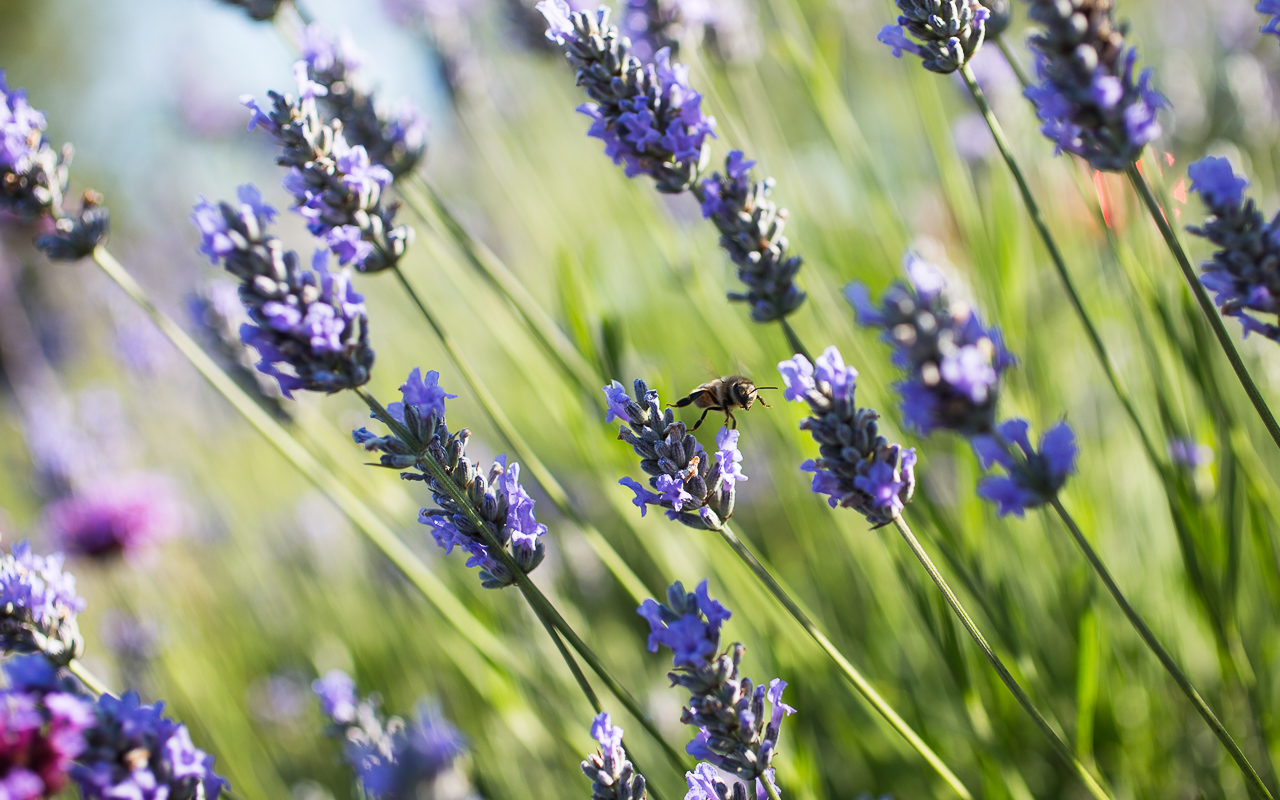
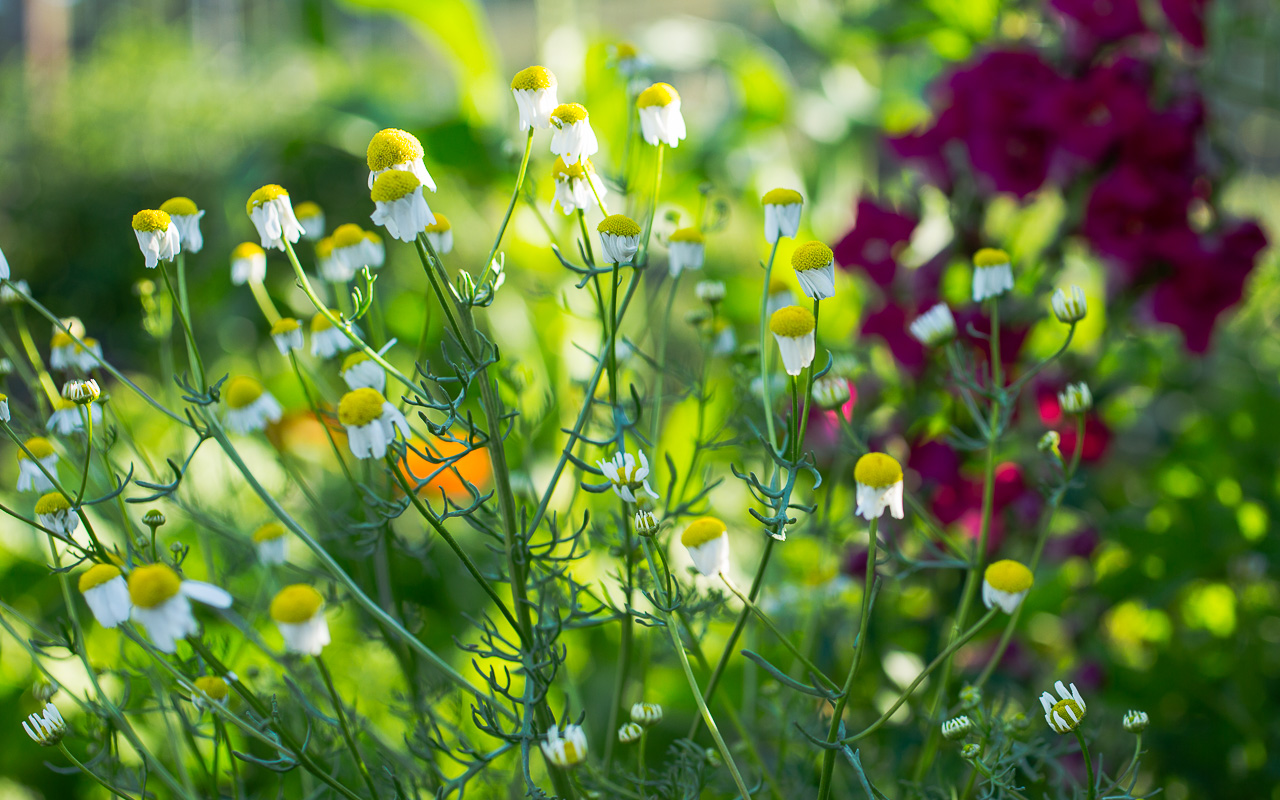
Thinking of growing your own herb tea garden?
Chamomile, lavender, anise hyssop, calendula, and echinacea are just a few plants to consider when planning an herbal tea garden. The trick is to grow the ones you love first and then test your boundaries with one or two new-to-you varieties.
What’s wonderful is you don’t need much space to grow herbs, most are happy to tuck in between fruits and veggies, live in a container on a staircase, or grow in a border with flowers for cutting and perennial shrubs. I especially love chamomile paired with leafy greens like kale, calendula planted in borders, and letting anise hyssop self-seed where it sees fit.
Herbs are also fabulous multi-taskers, luring pollinators to the garden with their vibrant flowers while offering medicinal (and nutritional) bounty for mind and body.

Here are just a few of the herbs I love most:
Harvest chamomile flowers for a fresh, calming tea. It’s perfect before bed or in an evening bath. Use dried or fresh flowers.
Lemon Balm leaves are best gathered before plants set flower. Add it to a cold-fighting tea, or to help with headaches, depression, or indigestion.
Lavender is another herb to add to teas for the common cold, coughs, and headaches. It’s also wonderful in an aromatherapy bath. Use dried or fresh flowers.
Mints of any kind are known to aid with indigestion and fight the common cold. Or use it as a pick-me-up. I often think of it as pep-me-up peppermint (though spearmint works just as well). And pineapple mint is one of my new favorites, less peppy, but wonderful. Gather flowers and leaves and use fresh or dried.
Tulsi or holy basil is a powerful medicinal herb and it can be grown along with other, culinary basils. It’s known to treat everything from fever and stress to heart disease and asthma. Brew it as a tea or simply place a few leaves in your drinking water. It’s even thought that growing tulsi indoors can protect you and your family against the common cold and other viruses.
Calendula is another powerful, but gentle herb best known as an important skin care remedy. However, a cold infusion (cold processed tea) can be used as an eyewash for conjunctivitis and to treat varicose veins and burns when applied as a compress. Eat the petals raw in salads or brew flowers in a tea to treat ulcers and sooth the digestive tract. Use flowers fresh or gently dried.
Feverfew is a cousin of chamomile and looks much the same. However, it’s the leaves that are used to alleviate headaches, migraines, and arthritis.
Lemon verbena is a truly wonderful herb grown for its fabulous aroma and as a culinary treat. Drink it as a refreshing, uplifting tea or add it to baked goods and cocktails. Harvest leaves and flowers as needed and dry leaves in the fall (though it’s much better fresh).
I love keeping anise hyssop in the garden for its flowers and happy nature (it’s always busy volunteering wherever it can). It has a wonderful, but mild licorice flavor and fragrance and can be added to a tea to treat the common cold and relieve congestion. Add it to a bath to treat sunburns, fungal infections, or simply as an uplifting treat.
Pineapple sage is a cousin of mint and can be added to teas for many of the same ailments, such as calming nerves, soothing an upset stomach, and aiding with digestion. It’s also lovely simply for its pineapple-like, aromatic properties or when tossed into ice tea, fresh water, or a cocktail. Plus the flowers are perfect in a tossed salad.
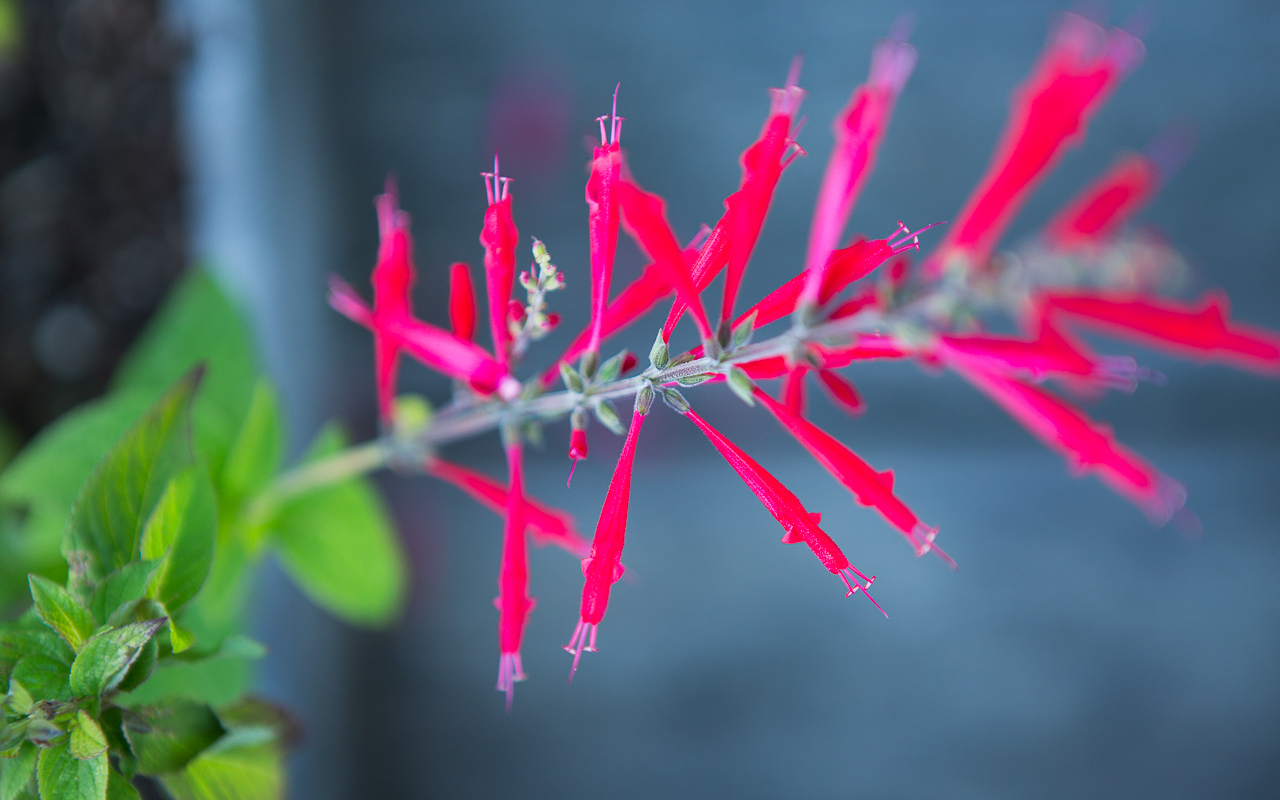
Making Teas with Herbs
When working with fresh herbs, it’s best to crush leaves before brewing them into tea. You can use a mortar and pestle or simply crush leaves using the side of a knife, wooden spoon, or your hands. Flowers don’t need crushing.
Dry herbs out of direct sunlight and in an environment that is not too hot or cold, and preferably with low humidity. Hang them to dry or place loose leaves and flowers on a flat, drying basket. There’s no need to crush dried herbs before brewing.
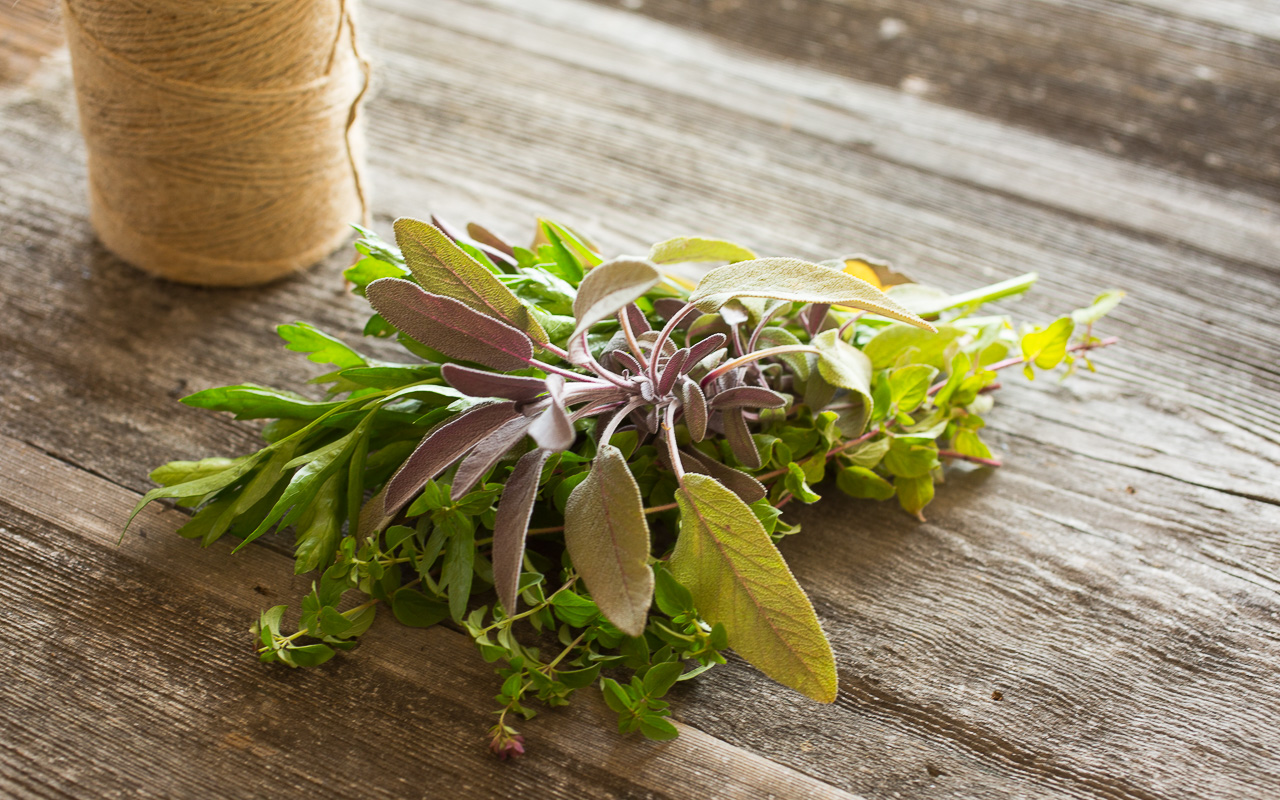
For teas, fill a tea basket or ball, or simply let herbs sink to the bottom and drink around them. When adding herbs to a bath, first make them as a tea on your stove. Place leaves and flowers in a pot of water, bring it to a near boil, remove it from heat, and let it cool for about 20 minutes. Next, strain off the liquid, leaving the solids behind, and add the tea to bath water as needed.
Finally, if you don’t want to fuss too much but you’re looking for easy ways to reap the benefits of herbs, simply toss flowers and leaves into your drinking water or add them to sun tea. I often find a pitcher of water with a few of my favorite herbs freshly gathered from the garden and left to steep in the fridge incredibly rewarding.
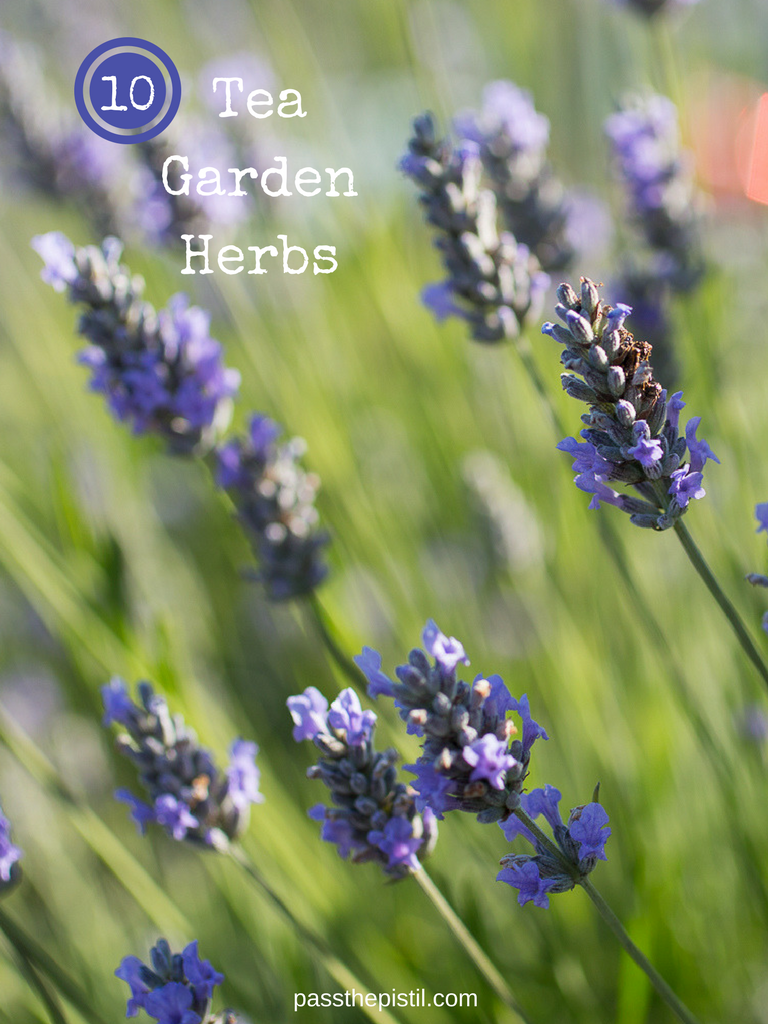
Other posts you might enjoy:
DIY Cocktail Herb Garden: How to Grow & Use Scented Geranium
This article was originally published 2/18/2018
Listen
Buy The Book
Special offers
Newsletter Signup

Archives
Disclosure
Pass The Pistil is a participant in the Amazon Services LLC Associates Program and other affiliate programs such as Etsy, affiliate advertising programs designed to provide a means for sites to earn fees by advertising and linking to curated affiliate sites.

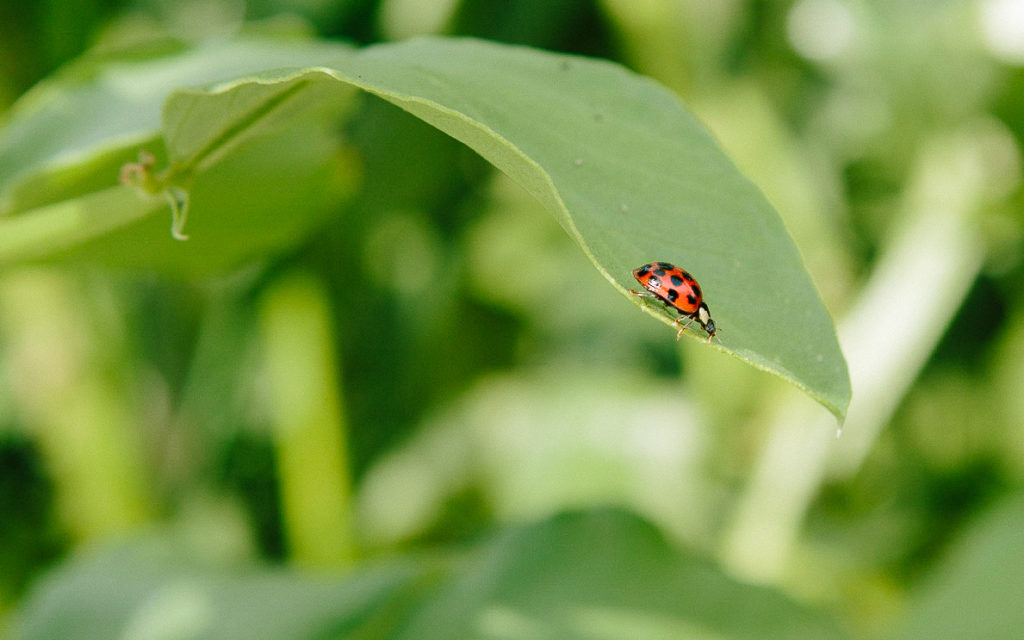







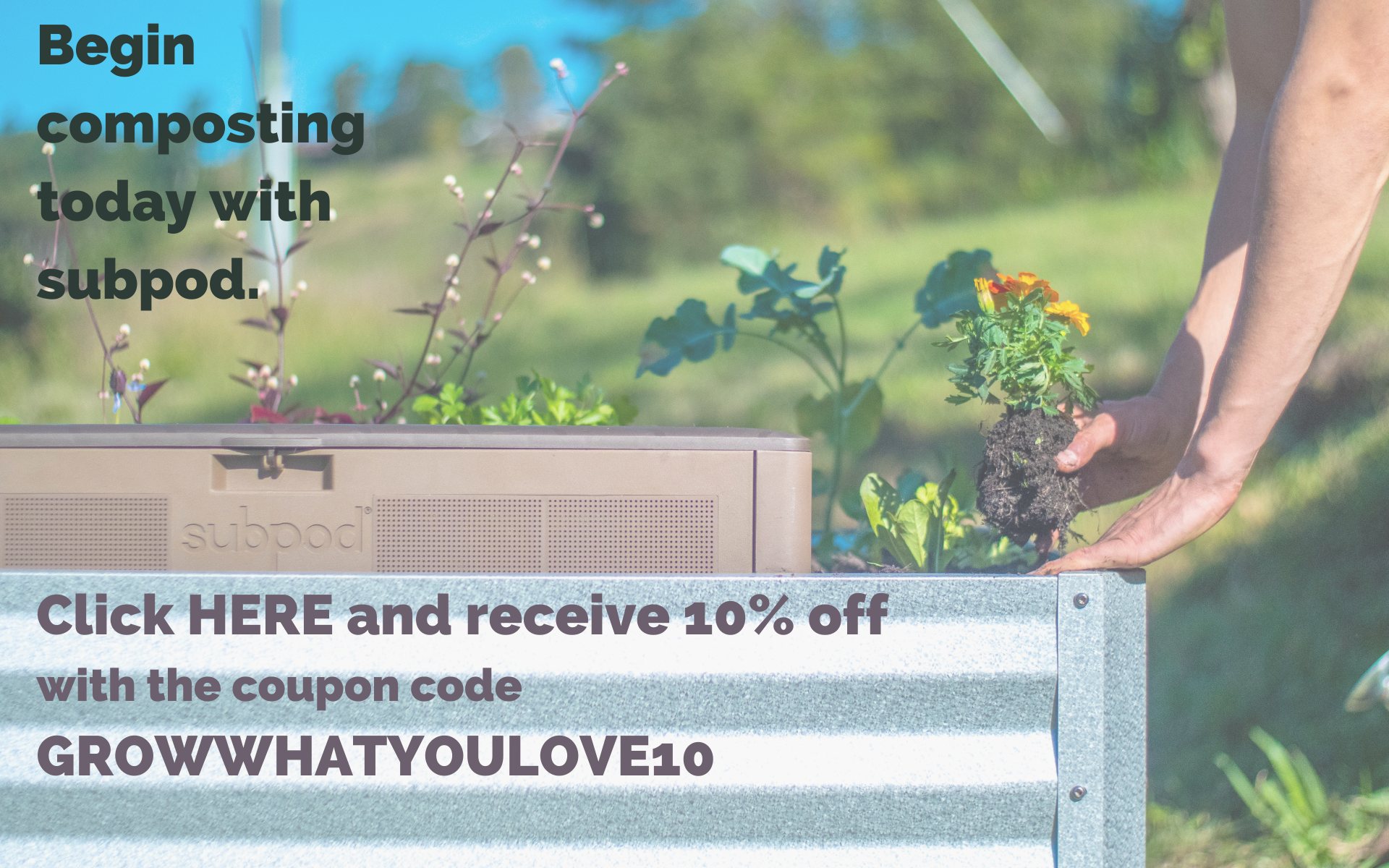
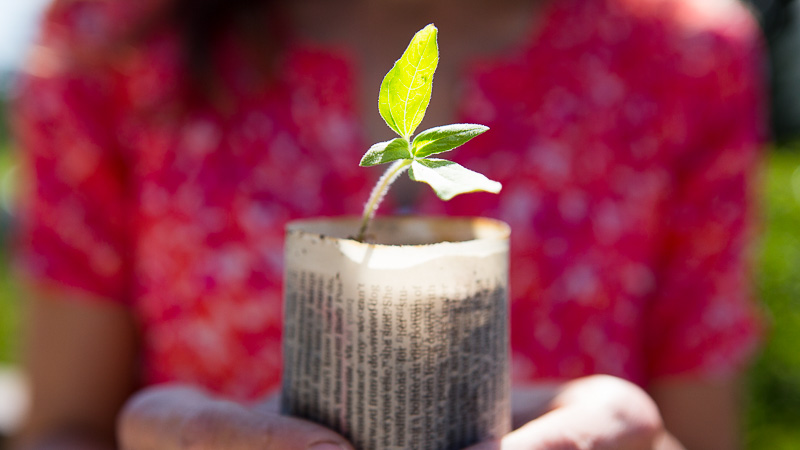
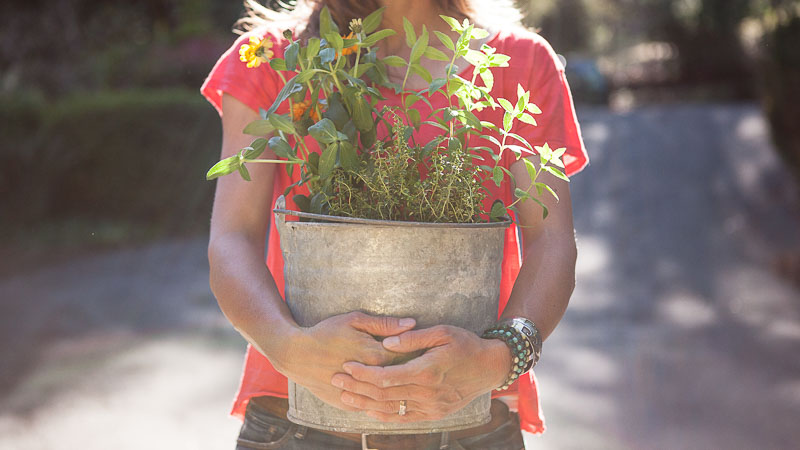

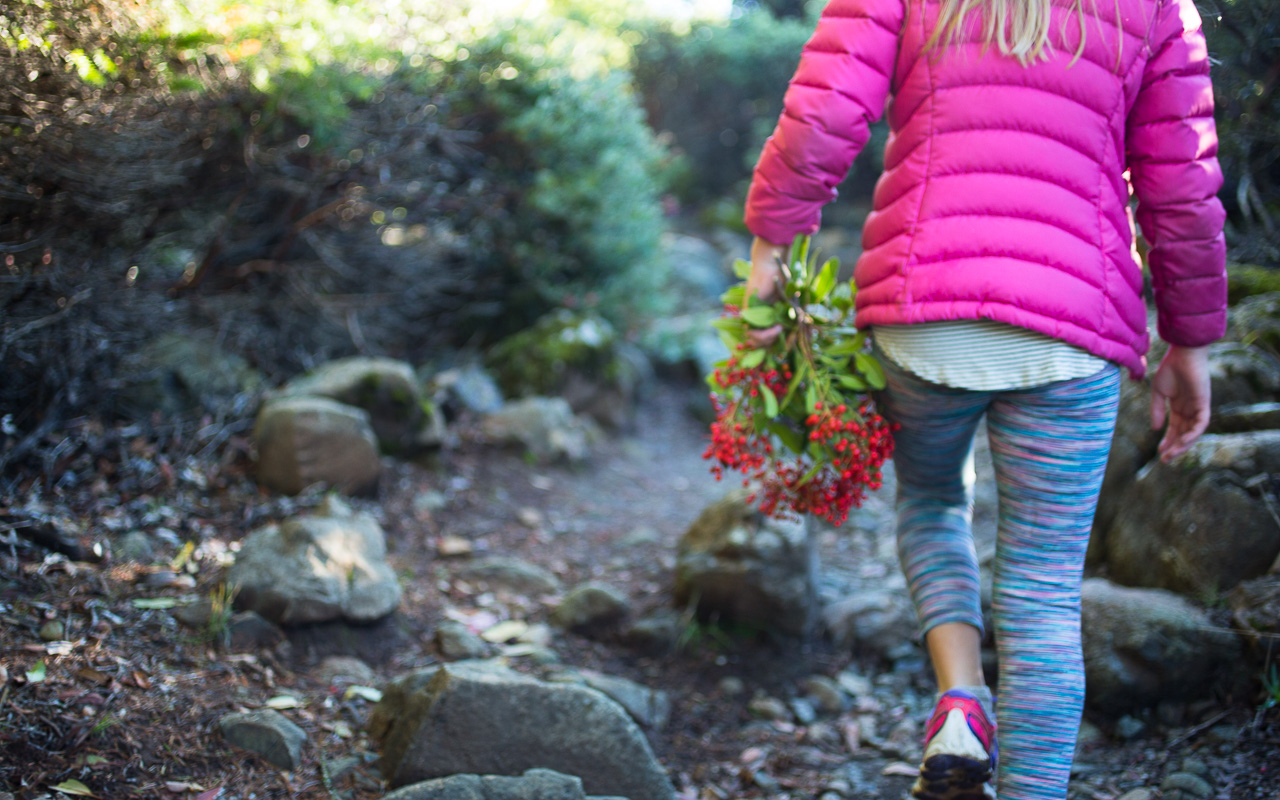
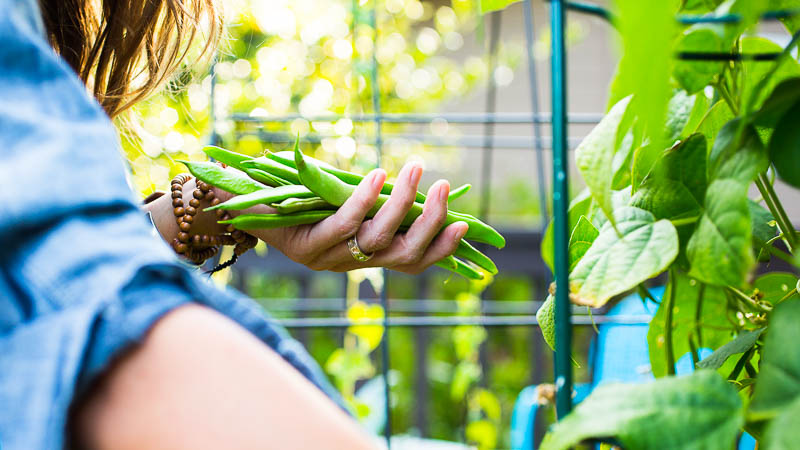
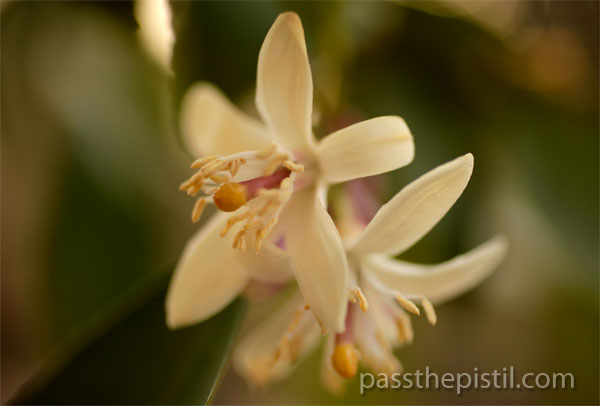
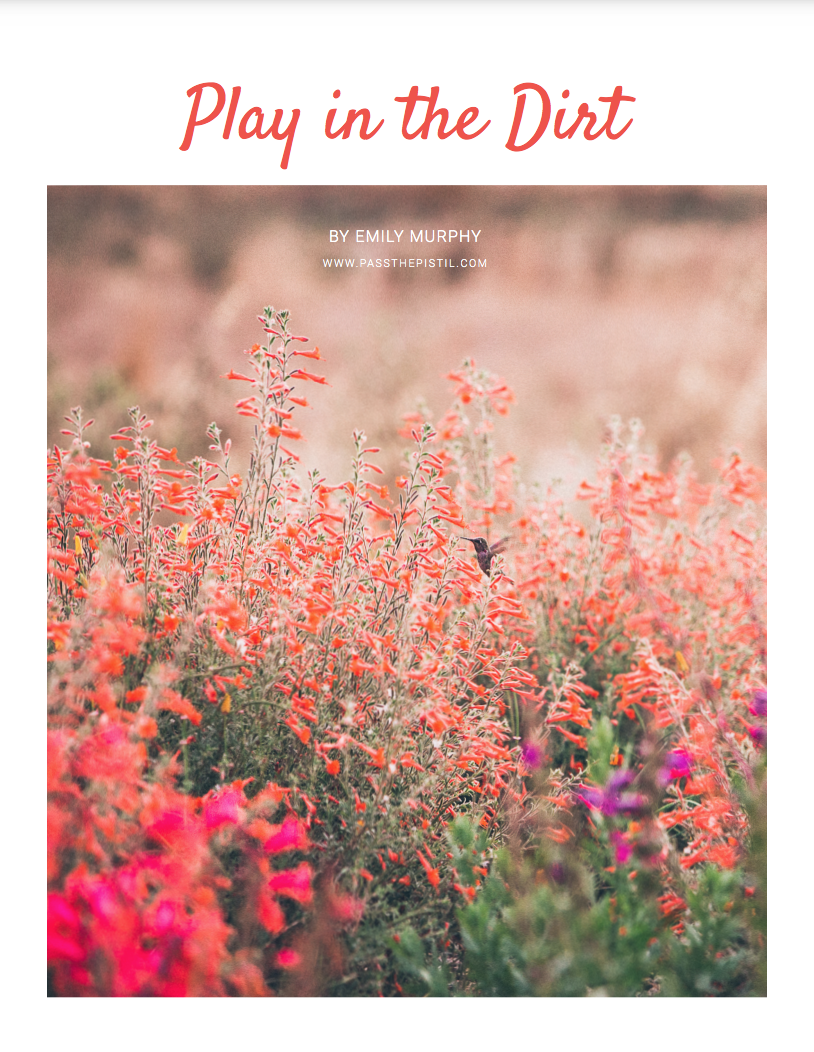
My garden is small so I plant basil and mint under the roses. This method of cultivation saves a lot of acreages.
These are great suggestions! I want to grow more herbs this year, so this helps me in thinking which ones I want to grow. The hard part will be selecting a small number to start with!!
Choosing is always the hard part, isn’t it? So many wonderful plants to grow!
This year I plan on growing chamomile, lavender, mint, lemon balm, echinacea, and lemon verbena. I also make teas out of oregano, sage and thyme in the winter months…they dry up a runny nose QUICK! The goal is to eventually have a full medicinal garden, but this seems like a good start. Love all of your suggestions.
Thank you, Monica!